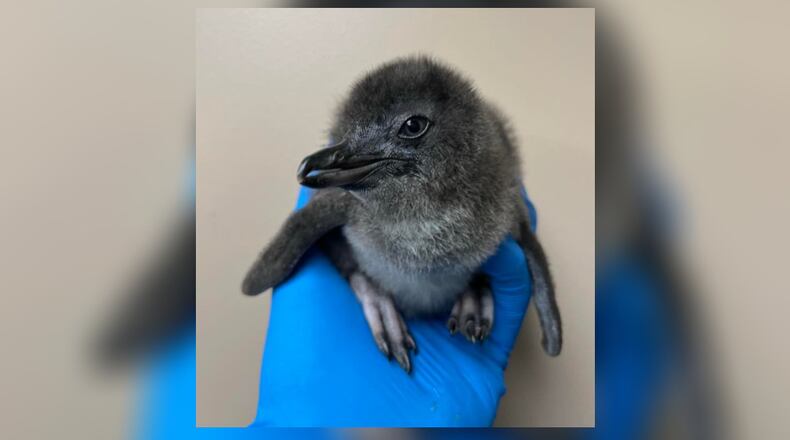“It’s a temporary measure meant to reduce our flock’s exposure to wild birds,” said Cincinnati Zoo’s curator of birds and task force leader Jenny Gainer. “The threat level should diminish after the spring migration. We have established a comprehensive protocol that will guide our decisions on when to return birds to their outdoor spaces.”
None of the zoo’s bird have symptoms of the avian flu at this time.
Birds that were moved indoors include the bald eagles, saddle-billed stork, gray crowned crane, Eurasian eagle owl, barred owl, white-naped pheasant pigeons, little blue penguins, African penguins, trumpeter swans, kea, vultures, guineafowl and Andean condors. The zoo also closed the Birds of World South America and Australasia habitats until further notice.
The avian flu is an infectious disease that causes nasal discharge, weakness and diarrhea in birds, according to the zoo.
About the Author
